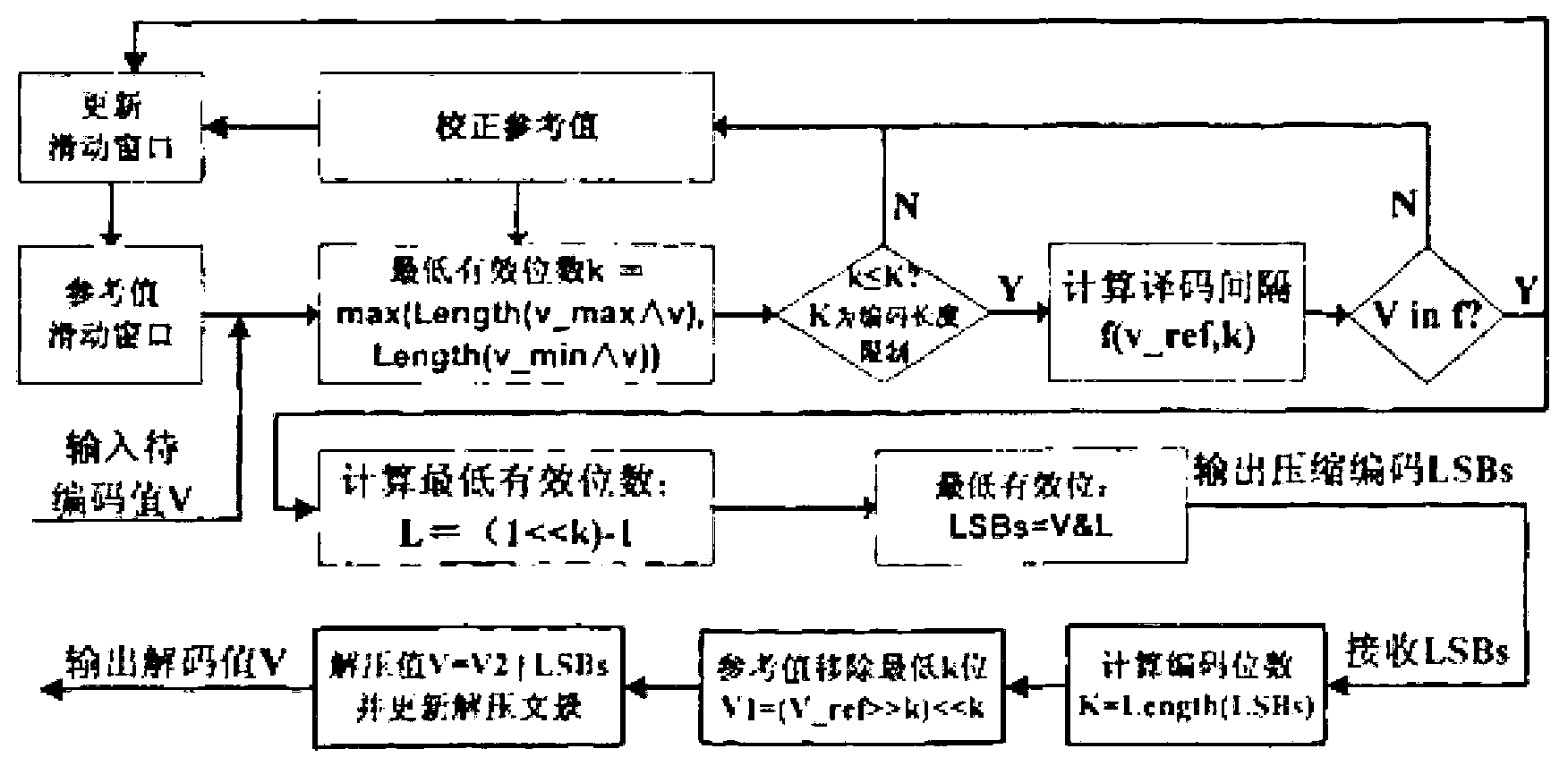TCP (transmission control protocol) header compression method in wireless IPv6 (internet protocol version 6) network
A compression method and Internet technology, applied in wireless communication, network traffic/resource management, electrical components, etc., can solve problems such as the inability to efficiently compress the header of the TCP stream, and achieve the effect of low system overhead and strong robustness
- Summary
- Abstract
- Description
- Claims
- Application Information
AI Technical Summary
Problems solved by technology
Method used
Image
Examples
Embodiment Construction
[0019] 1. ROHC protocol and its implementation
[0020] First introduce the basic principle of ROHC. In order to realize header compression, two new functional units need to be added to the TCP / IP architecture: a header compressor and a header decompressor, such as figure 1 shown.
[0021] The ROHC compressor has three compression states, each of which is a different degree of compression, namely: IR state (Initialization and Refresh), FO state (First Order) and SO state (Second Order), these three compression state levels in turn The compressor always starts working from the lowest compression state, and then shifts to the high-level compression state in turn. Each compression state uses a different header type for each mode of operation.
[0022] ROHC defines three working modes: Unidirectional (U-Mode), Bidirectional Optimistic (O-Mode), and Bidirectional Reliable (R-Mode). Each mode has a different compression state and decompression state, and the compression / decompre...
PUM
 Login to View More
Login to View More Abstract
Description
Claims
Application Information
 Login to View More
Login to View More - R&D
- Intellectual Property
- Life Sciences
- Materials
- Tech Scout
- Unparalleled Data Quality
- Higher Quality Content
- 60% Fewer Hallucinations
Browse by: Latest US Patents, China's latest patents, Technical Efficacy Thesaurus, Application Domain, Technology Topic, Popular Technical Reports.
© 2025 PatSnap. All rights reserved.Legal|Privacy policy|Modern Slavery Act Transparency Statement|Sitemap|About US| Contact US: help@patsnap.com



